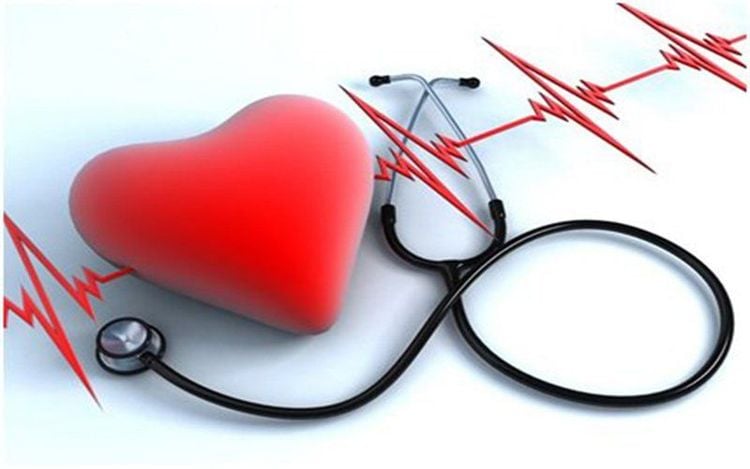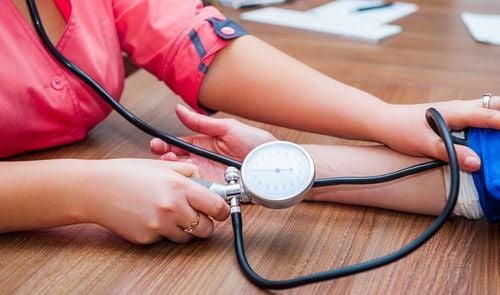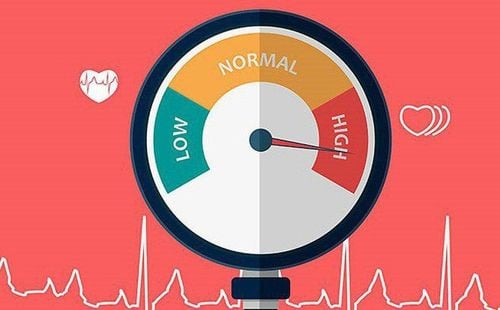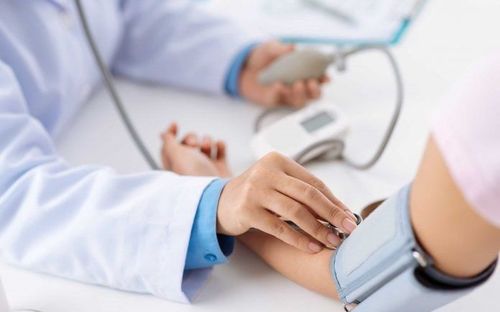This is an automatically translated article.
The article was professionally consulted with Master, Doctor Bui Tien Dat - Emergency Department - Vinmec Hai Phong International General Hospital.1. Measuring blood pressure for children
Measuring blood pressure for children is one of the necessary techniques, knowing the blood pressure index of children in order to detect high blood pressure, low blood pressure in children or normal blood pressure in children. In particular, high blood pressure in children is a rather dangerous condition, often a complication caused by a number of diseases such as bronchopulmonary hypoplasia or the long-term use of steroids that also cause hypertension. pressure in children.
2. How to measure blood pressure
The best way to measure blood pressure for children must ensure compliance with the following standards:Using a standard blood pressure monitor including features such as a balloon wrapped around a child's arm must be of the same size as the child, not Use a sphygmomanometer whose balloon is the wrong size, too big or too small. Allow the child to rest in a comfortable state for about 10-15 minutes before measuring the child's blood pressure. During the blood pressure measurement, the child must be kept still, not crying because it will affect the blood pressure measurement results. In most cases, the blood pressure should be measured for children in both the right and left arms, but if the child has coarctation of the aorta, it is important to note that the blood pressure in the left arm will be lower. When diagnosing hypertension in children, it is necessary to compare the measured blood pressure with the table of normal blood pressure values according to the corresponding age as well as male or female sex because there is a variation in blood pressure in children. by age and by sex. Once it is determined that the child has high blood pressure, there will be indications to monitor the child's blood pressure at home for timely handling. For newborns, there are many methods to measure blood pressure including:
Newborn blood pressure measurement with an umbilical artery Catheter Measuring newborn blood pressure with an oscilloscope. Pulse Oximeter Neonatal Blood Pressure Measurement Neonatal Blood Pressure Doppler Measurement Infant blood pressure measurement with the above pediatric sphygmomanometer, used with a stethoscope or pulse monitor.

There are many methods to measure blood pressure for newborns, but the The most commonly used are umbilical artery catheter blood pressure measurement and neonatal blood pressure measurement by oscilloscope. When measuring blood pressure for newborns with an oscilloscope, children with low birth weight will have a higher blood pressure value than they actually are and there is a difference when measured with an umbilical artery catheter, If it is the first blood pressure measurement for a child In neonates, both arms and legs should be measured to detect aortic stenosis. If the infant's blood pressure is abnormal, it is necessary to measure blood pressure regularly to calculate the average blood pressure value, in order to serve effective treatment. If hypotension is present in the neonate, additional signs of decreased cardiac output such as decreased subcutaneous perfusion, signs of metabolic acidosis, or anuria are required to initiate treatment. Note about the condition of the catheter loose, narrow, and obstructed in blood pressure measurement with the umbilical artery catheter. Measuring blood pressure in children is a complex technique and requires experience to be accurate. Once the correct way to measure blood pressure is done, it is very difficult to diagnose hypertension or hypotension, so it needs to be done in reputable medical facilities, with experienced staff, and especially necessary. Measure blood pressure for children at the earliest when there are suspicious signs so that they can be promptly handled.
Please dial HOTLINE for more information or register for an appointment HERE. Download MyVinmec app to make appointments faster and to manage your bookings easily.














